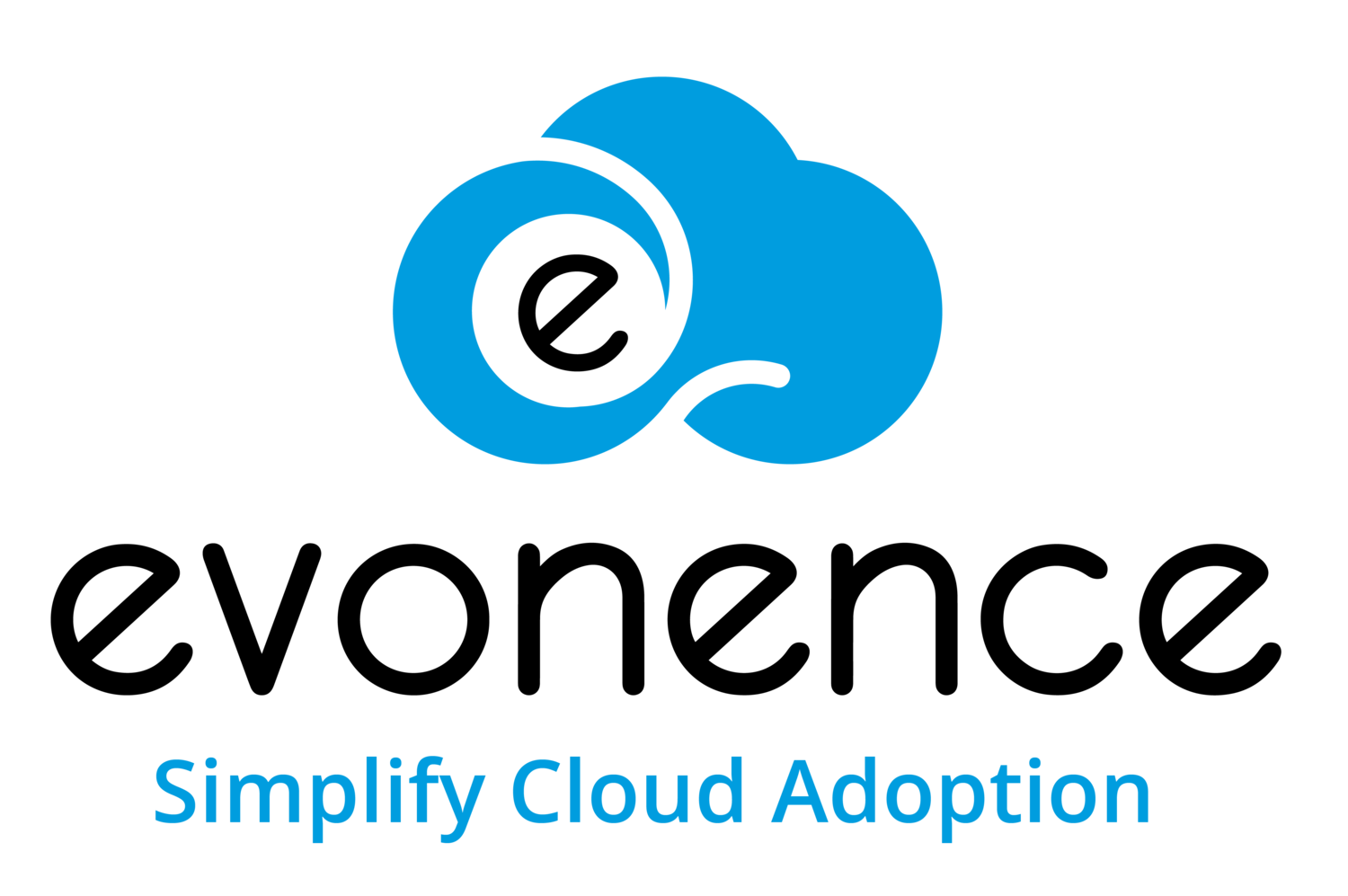Cost-Optimized Cloud: Saving Money with Google Cloud Solutions
In today's digital age, businesses are increasingly turning to cloud solutions to streamline operations, boost scalability, and enhance flexibility. Google Cloud stands out as one of the leading cloud providers, offering a comprehensive suite of services to cater to diverse business needs. However, while the benefits of cloud computing are undeniable, concerns about cost can sometimes deter organizations from fully embracing cloud technology.
Cost optimization is a critical aspect of cloud adoption, and Google Cloud provides a range of tools and strategies to help businesses maximize their cost efficiency without compromising performance or functionality. In this blog post, we'll explore how organizations can leverage Google Cloud solutions to achieve significant cost savings while harnessing the power of the cloud.
Understanding Google Cloud Pricing Models
Google Cloud offers flexible pricing models designed to accommodate various usage scenarios and business requirements. Understanding these pricing models is essential for optimizing costs effectively.
Pay-As-You-Go: This model charges users based on their actual usage of resources, such as compute instances, storage, and networking. It's ideal for businesses with fluctuating workloads or unpredictable demand patterns.
Sustained Use Discounts: Google Cloud automatically applies discounts to long-running virtual machines (VMs) without any upfront commitment, offering cost savings for sustained usage over time.
Committed Use Discounts: By committing to a certain level of usage for a fixed term (one or three years), organizations can unlock significant discounts on compute resources, providing predictability and cost savings.
Cost Optimization Strategies with Google Cloud
Once you've chosen the appropriate pricing model, it's crucial to implement strategies to optimize costs further. Here are some key approaches to consider:
Rightsizing Resources: Assess your resource utilization and rightsize your instances to match workload requirements accurately. Google Cloud provides tools like Compute Engine Rightsizing Recommendations to identify and resize underutilized VMs, minimizing waste and maximizing efficiency.
Utilizing Preemptible VMs and Managed Instance Groups: Preemptible VMs offer substantial cost savings for non-critical workloads by allowing Google Cloud to reclaim instances when necessary. Pairing preemptible VMs with managed instance groups ensures high availability and fault tolerance while optimizing costs.
Implementing Autoscaling: Leverage Google Cloud's autoscaling capabilities to dynamically adjust resource allocation based on workload demands. Autoscaling ensures that you have sufficient capacity to handle traffic spikes efficiently while avoiding overprovisioning during periods of low demand.
Storage Optimization: Optimize storage costs by utilizing features like Nearline, Coldline, and Archive storage classes for infrequently accessed data. Implement lifecycle policies to automatically transition data to lower-cost storage tiers based on access patterns and retention requirements.
Monitoring and Cost Analysis: Regularly monitor your Google Cloud usage and analyze cost trends using tools like Cloud Monitoring and Cloud Billing Reports. Gain insights into spending patterns, identify areas for optimization, and set budget alerts to prevent unexpected cost overruns.
Leveraging Google Cloud Cost Management Tools
Google Cloud offers a suite of cost management tools and services to help organizations track, analyze, and optimize their cloud spending effectively:
Cloud Billing Catalog: Gain visibility into detailed pricing information for Google Cloud services and products, allowing you to estimate costs accurately and plan budget allocations accordingly.
Cost Explorer: Visualize and analyze your Google Cloud spending patterns over time, segmenting costs by service, project, or resource. Use Cost Explorer's forecasting capabilities to predict future spending and make informed budgeting decisions.
Budgets and Alerts: Set custom budgets and receive alerts when your Google Cloud spending exceeds predefined thresholds. Budgets and alerts empower you to proactively manage costs, preventing unexpected billing surprises.
Recommendations and Insights: Access personalized recommendations and insights tailored to your Google Cloud usage, helping you identify cost optimization opportunities and implement best practices effectively.
Cost optimization is a critical aspect of cloud adoption, and Google Cloud offers a wealth of resources, tools, and strategies to help organizations achieve significant cost savings while leveraging the full potential of the cloud. By understanding Google Cloud pricing models, implementing cost optimization strategies, and leveraging cost management tools effectively, businesses can streamline their cloud spending, improve financial predictability, and unlock the true value of cloud computing. Embracing a cost-optimized approach to cloud adoption with Google Cloud empowers organizations to maximize efficiency, drive innovation, and stay competitive in today's digital landscape.

